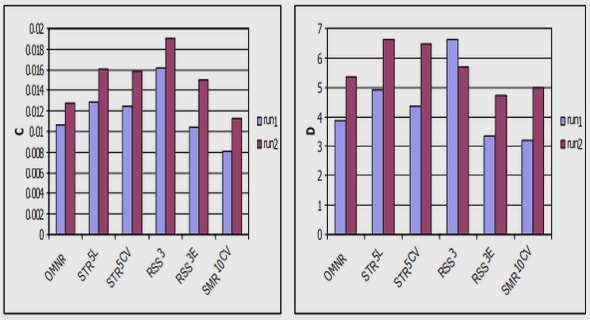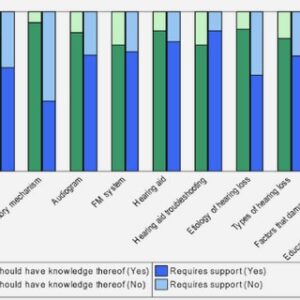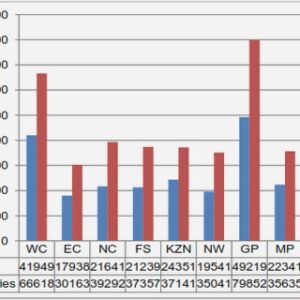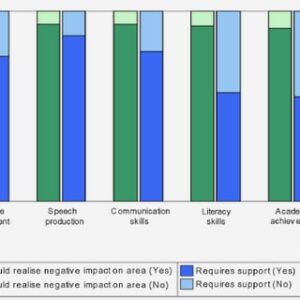(Downloads - 0)
For more info about our services contact : help@bestpfe.com
Table of contents
INTRODUCTION
CHAPTER 1 START OF ART
1.1 Background
1.1.1 Development of modern power electronics and its limitation
1.1.2 Silicon carbide (SiC)
1.1.3 Schottky barrier diodes (SBD)
1.1.4 Multi-barrier in SBD
1.2 Reliability and Defects
1.2.1 Classification of defects
1.2.2 Defects reported in SiC devices
CHAPTER 2 BARRIER HEIGHT DETERMINATION OF SCHOTTKY DIODES
2.1 Energy band diagram and formation of Schottky barrier diode
2.1.1 Ideal Schottky contact
2.1.2 The effect of interface states
2.2 Current transport mechanisms though Schottky barrier
2.2.1 Introduction
2.2.2 The diffusion theory
2.2.3 The thermionic-emission (TE) theory
2.2.4 Tunneling and Thermionic-Field Emission (TFE) model
2.2.5 Recombination in the depletion region
2.2.6 Image-force lowering of SBH
2.3 Measurement of SBH
2.3.1 I-V characteristics
2.3.2 C-V measurements
2.4 Review on SBH models
2.4.1 Ideality factor and zero-bias barrier height
2.4.2 T0 effect
2.4.3 Gaussian distribution
2.4.4 Potential Fluctuation model
2.4.5 Flat-band barrier height
2.4.6 Modified Richardson plot
2.4.7 Relationships between different models
2.5 Barrier inhomogeneity in Schottky devices
2.5.1 Introduction
2.5.2 Parallel diode model
2.5.3 Tung’s model
2.5.4 Multi Gaussian distribution model
CHAPTER 3 DEEP LEVELS DETECTION
3.1 Overview
3.2 Electron capture-emission mechanism
3.2.1 Capture
3.2.2 Emission
3.2.3 Steady state capture-emission
3.2.4 Transient
3.2.5 Limitation on trap detection
3.3 DLTS Principle
3.3.1 Basic DLTS principle
3.3.2 Fourier transform and DLTFS
3.3.3 HERA DLTS
3.4 Category of DLTS
3.4.1 DLTS transient modes
3.4.2 Isothermal DLTS
3.4.3 Other DLTS
CHAPTER 4 EXPERIMENTAL STUDY ON SIC SBD
4.1 Sample used in this study
4.1.1 Overview
4.1.2 Preliminary statistics
4.2 Measurements setup
4.2.1 Hardware setup
4.2.2 I-V measurements
4.2.3 C-V measurements
4.2.4 DLTS measurement
4.3 Experimental results
4.3.1 Case study: Ti/W liftoff sample
4.3.2 Research on diode with multi-barriers
4.3.3 Comparison on samples with different metal contacts
CHAPTER 5 CHARACTERIZATION ON OTHER SAMPLES AND DISCUSSION
5.1 PiN diode
5.1.1 Sample overview
5.1.2 Experiment setup
5.1.3 Static Characterization
5.1.4 DLTS characterization
5.2 MOSFET
5.2.1 Introduction
5.2.2 Experiments setup
5.2.3 Experimental results
5.2.4 Discussion
5.3 Discussion
5.3.1 Freeze-out effect
5.3.2 Relationship between activation energy and capture cross section of certain defect level
5.3.3 Annealing effect during DLTS
5.3.4 Negative-U center
5.3.5 Behavior at extremely low temperature
CHAPTER 6 CONCLUSION AND PROSPECTIVE
6.1 Conclusion
6.2 Perspective
REFERENCE



